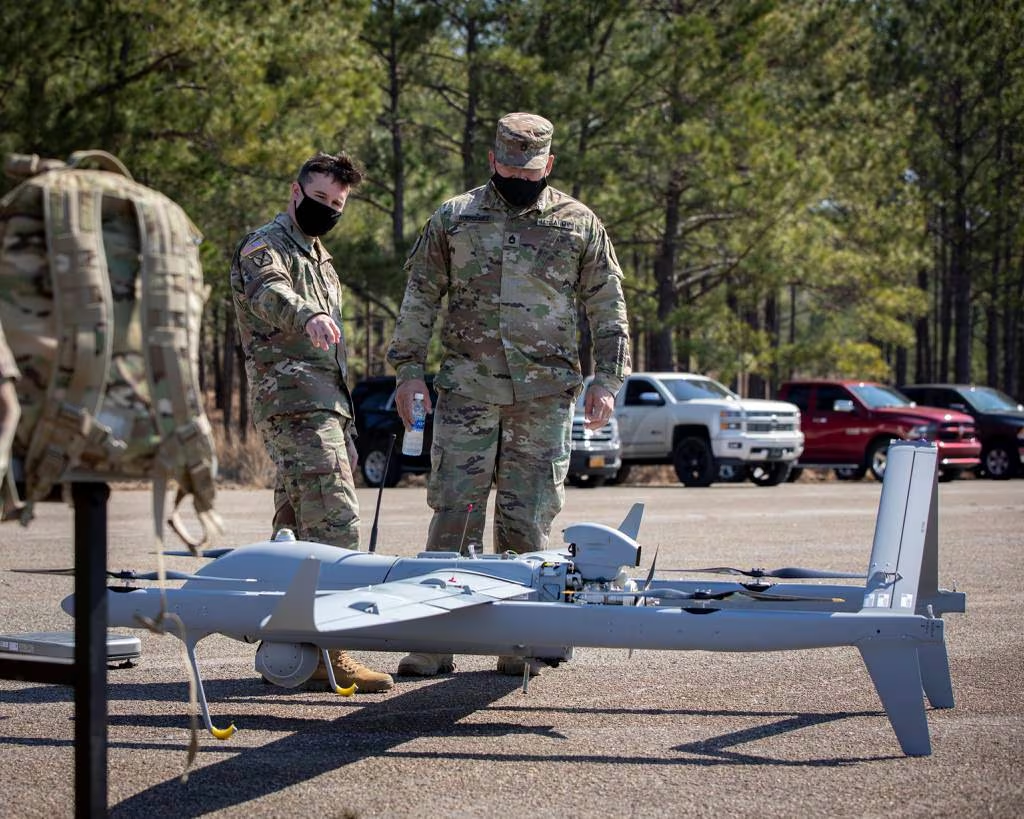The cruciate ligament frequently tears when a knee joint is overstretched or twisted excessively during sports. How is it handled, and how much time are you excluded?
What use does the cruciate ligament serve? Both knees have an anterior and a posterior cruciate ligament. They serve as the femur and tibia’s connecting rods, stabilizing the knee joint when it rotates and moves forward and backward. The menisci, which are crescent-shaped cartilage discs between the bones of the upper and lower thighs, and the medial and lateral collateral ligaments are in addition to the cruciate ligaments.
How does a cruciate ligament rupture occur?
A sudden twisting motion, hyperextension, or bending the knee to the side can cause the cruciate ligaments to become partially or completely torn. The anterior cruciate ligament (ACL) sustains injuries ten times more frequently than the posterior cruciate ligament due to its longer and thinner nature. The majority of cruciate ligament tears are regarded as non-contact injuries. This suggests that, unlike a football foul, they occur without the intervention of the outside world or direct physical contact with the opposition.
The most common ways that a rupture happens are one-leg landings, hard stops, and sudden changes in direction. The patient typically experiences a stabbing pain in the knee. Because of the fluid accumulation that the tear causes, the joint typically swells in the hours following the injury.
What are the consequences?
Pain and swelling frequently prevent the knee from moving freely and limit its range of motion to a modest bend. When weight is applied to it, pain results. Furthermore, because the ligaments aren’t working properly, the knee joint is unstable and slides when you walk. Many times, damage to other knee structures exists in addition to the cruciate ligament. Menisci, bones, and exterior and inner ligaments may also be impacted.
Rarely, though, a patient may have a torn cruciate ligament without even realizing it. Because of injury to the menisci or cartilage in the knee, such cruciate ligament ruptures frequently do not become noticeable right away.
How are cruciate ligament ruptures treated?
Treatment options for a damaged cruciate ligament include surgery and conservative measures. The torn portions of the cruciate ligament are removed during surgery, also referred to as “cruciate ligament plastic surgery,” and replaced with a graft created from the patient’s own tendon material. On the other hand, transplants created from synthetic or donor material also exist. Until the swelling has decreased and the knee can move normally again, weeks or even months after the injury, the operation is typically postponed.
The knee is first immobilized for several weeks and stabilized with a splint in conservative treatment. In rare instances, the cruciate ligament may even heal back together on its own if the ends of the ruptured ligament are still in close proximity to one another. But when it comes to the anterior cruciate ligament, this usually doesn’t work. Because the posterior cruciate ligament is shorter and more compact, the odds are higher. The muscles surrounding the knee are always specifically trained as part of conservative treatment. They need to replace the role of the absent cruciate ligament by stabilizing the knee.
Read Also: Top summertime heart health mistakes to avoid; suggestions for cardiovascular health.















Reader Interactions